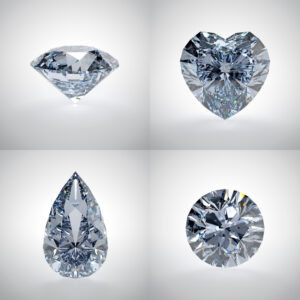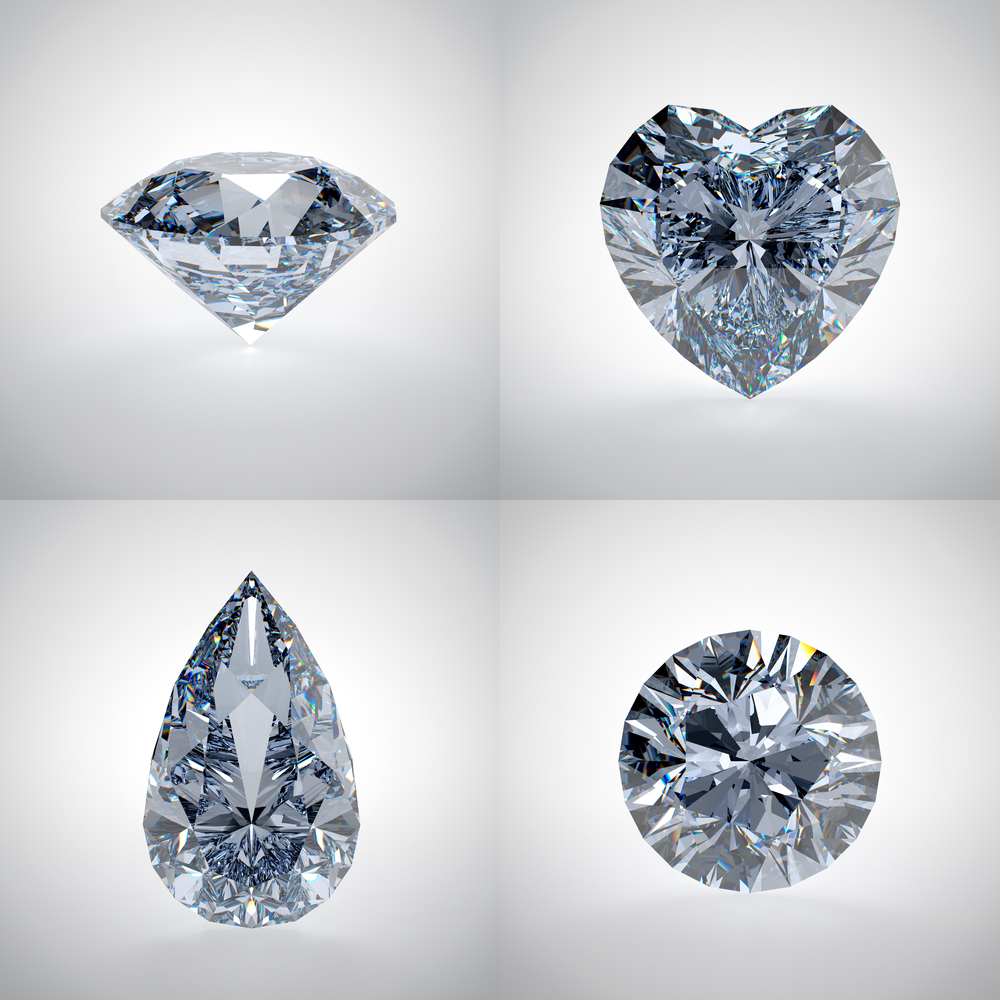
One of the hottest topics in the jewelry industry right now is lab-grown diamonds. Despite the fact that the sustainability promises of lab-grown diamonds are up for question, ethically conscious buyers who desire all the beauty and durability of a diamond without prolonging the effects of mining on the environment are flocking to these gems. Alternative diamonds are particularly appealing to people trying to stretch their budget because they are typically 65% less expensive than natural diamonds.
If you’re thinking about getting a lab-grown diamond engagement ring, there are a few things to think about, and we’ll go over a few of them in this post.
Production Process
Diamonds are created in the lab using either HPHT synthesis or chemical vapor deposition. Although none is superior to the other, the final stones may exhibit distinct characteristics as a result of the manufacturing process. If a merchant is unable to respond to a simple inquiry about the production process, they may not be a part of the open supply chain you seek.
Quality Of The Stone
Color, clarity, cut quality, and carat weight – the 4 Cs used to evaluate natural diamonds – are widely being employed to define lab-grown diamond’s quality. These grades are given in the same way that real diamonds are graded. The more colorless the stone is the fewer the impurities it has, and the higher the cut quality, the more appealing it is. For lab-grown diamonds, high-quality grades are rather frequent, so finding a high-quality diamond at a decent cost is not difficult.
Undesirable Color Tints
HPHT-synthesized stones can have a slight blue tint. This is also known as a blue nuance, and it ranges from pale blue to grey. This is regarded as a flaw, and some stores actively avoid carrying these stones. This blue subtlety might be mentioned in the lab-grown diamond report’s comments section.
Supplier

Many customers are drawn to lab-grown diamonds because of the promise of transparency and long-term sustainability. The supply chain, like that of natural diamonds, is not always straightforward. If you’re concerned about the environment or the use of fossil fuels, you’ll want to delve a little further and do some more research to locate the ideal vendor for you. If acquiring a lab-grown diamond is primarily motivated by environmental concerns, it is critical to ask the hard questions.
Phosphorescence
After being exposed to sunlight, certain colorless HPHT lab-grown diamonds generate an orange glow. Phosphorescence is the term for the afterglow, which can linger anywhere from a few seconds to many minutes. Although this is a disadvantage, it is not revealed in a lab-grown diamond report.
